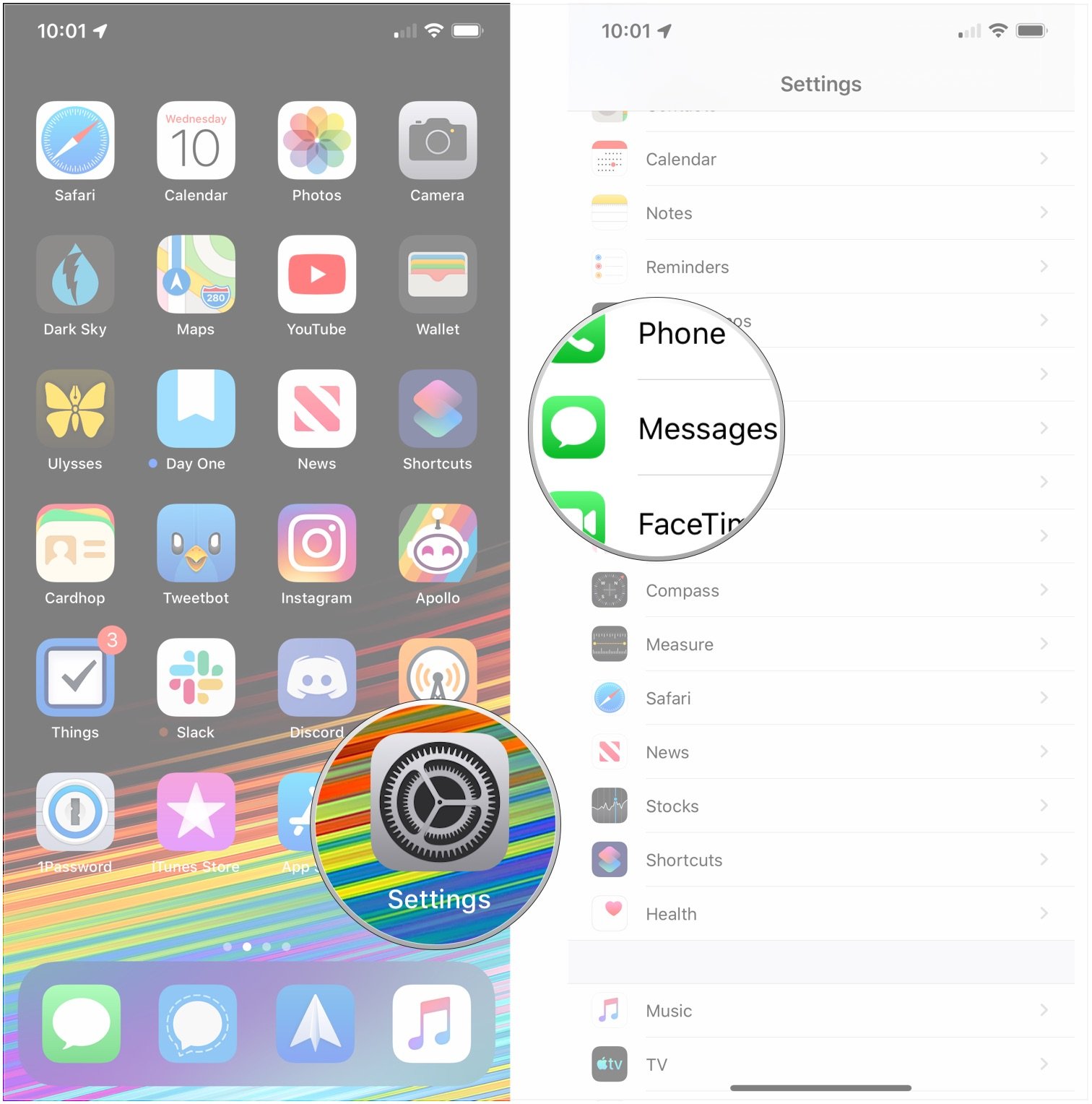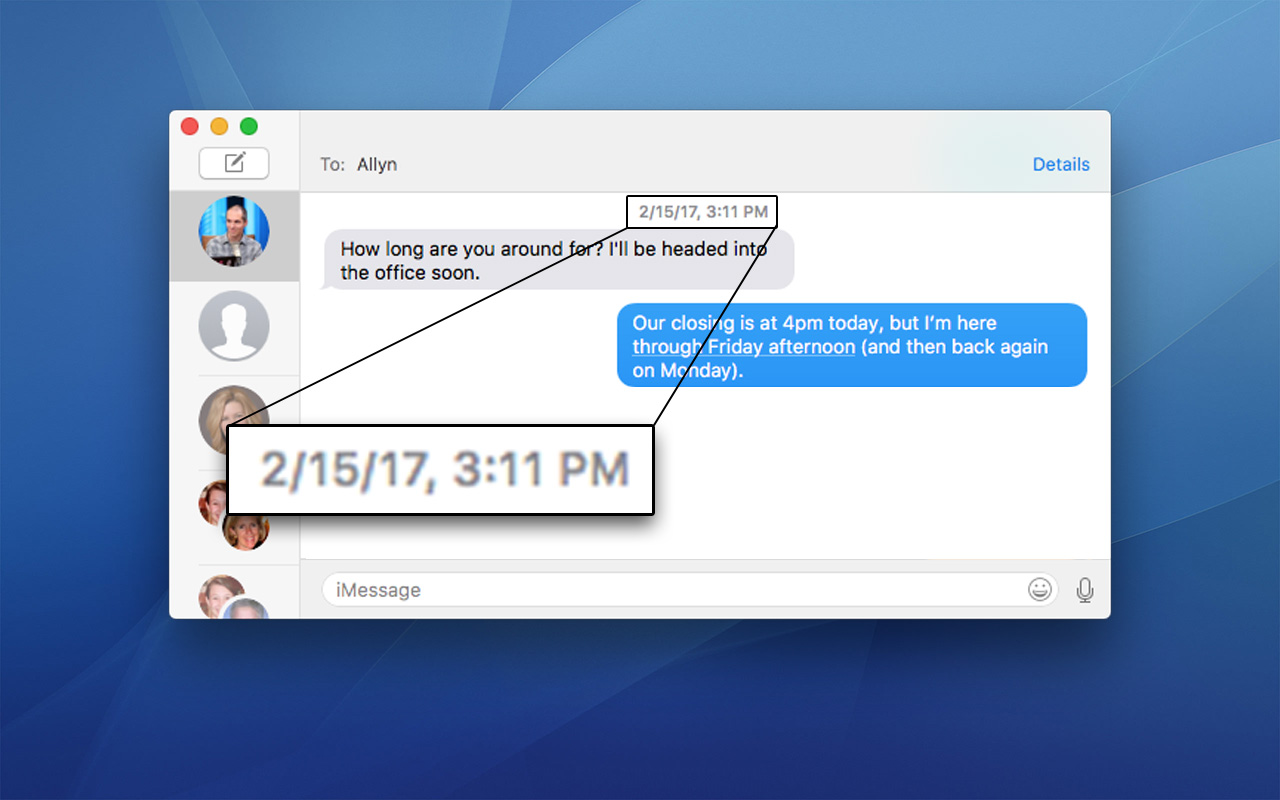New in iOS 14
iOS 14 makes keeping in touch with Messages more fun and personal than ever.
Create a group conversation
Features not yet available in the new Outlook for Mac. There are several features that are available in the current version of Outlook for Mac for Office 365 that aren't yet available in the new Outlook experience. Tasks - Now available via web in 16.40 (20062901). Jun 16, 2020 How to Start a Conversation in Messages App on Mac. Open the Messages app on your Mac. Now, type in the message in the field at the bottom of the window. If you want to include emoji, click on the emoji button and select a cool one. To include an image or another file, you need to drag or paste it into the message field.
Start a group conversation with your friends and family, give the group a name, and add or remove people from the group.
Send a group messageName your group conversation
You can name your group conversations and add a photo so they're easier to find.
Customize group conversationsMention people and reply inline
In iOS 14 and iPadOS, you can reply to specific messages in conversations, and mention people by name to get their attention in group chats.
See how it worksPersonalize your messages with effects
Create your Memoji
Make your own Memoji with fun new accessories, hairstyles, and headwear. Then create as many alter egos as you want in Messages and FaceTime.
Use MemojiSend photos, video, and audio
Make your messages more fun and interactive with photos, videos, and audio clips.
Send photos and moreAdd a personal touch
Express yourself with bubble, full-screen, and camera effects.
Use message effectsHave a question?
Ask everyone. Our Apple Support Community can help you find answers.
Ask the Apple Support CommunityTell us how we can help you
Answer a few questions and we’ll help you find a solution.
Get SupportWith Messages for Mac, you can send unlimited messages to any Mac, iPhone, iPad, or iPod touch that uses iMessage, Apple's secure-messaging service. iPhone owners can use it for SMS and MMS messages, too.
Set up iMessage
iMessage is the Apple messaging service you get automatically with your Apple ID.If it's not already set up, you're asked to sign in when you first open the Messages app. Sign in with same Apple ID that you use with Messages on your iPhone and other devices. It's usually the same Apple ID that you use for iCloud, the iTunes Store, the App Store, and the account you created when you first set up your Mac.
Have a conversation
- Click at the top of the Messages window.
- Address your message by typing the recipient's name, email address, or phone number. Or click and choose a recipient. If they're in your Contacts app, Messages finds them as you type. To start a group conversation, just add more recipients.
- Type your message in the field at the bottom of the window, then press Return to send it.
- To include emoji, click.
- To include an image or other file, just drag or paste it into the message field. Or use Continuity Camera to capture a photo or scan directly from your iPhone or iPad camera.
- To include an audio recording, clickand record your message.
- After starting a conversation, click Details in the corner of the window to take other actions, including:
- Choose not to be disturbed by notifications about this conversation.
- Use FaceTime to start an audio call or video call .
- Share a screen .
- See the recipient's location—if they're sharing their location with you.
- Review all of the photos and files that were exchanged in the conversation.
- Add a group name, add members to a group, or leave a group. If the group has four or more members, you can remove members: Control-click the member's name, then choose Remove from Conversation.
With macOS Sierra or later, you can also use Siri to send, read, and reply to Messages:
- ”Send a message to Susan and Johnny saying I'll be late' or ”Tell Johnny Appleseed the show is about to start” or ”Text a message to 408 555 1212.”
- ”Read the last message from Brian Park” or ”Read my new messages.”
- ”Reply that's great news” or ”Tell him I'll be there in 10 minutes.”
Add a Tapback to a message
macOS Sierra introduces Tapback to the Mac. A Tapback is a quick response that expresses what you think about a message, such as that you like it or think it's funny. In the image above, the heart next to ”See you then!' is a Tapback. Here's how to do it:
- Control-click a message bubble to open a shortcut menu.
- Choose Tapback from the menu.
- Click a Tapback to add it to the message bubble.
Your Tapback is visible to everyone in the conversation who is using iMessage with macOS Sierra or later or iOS 10 or later. Other iMessage users see 'Liked' or 'Laughed at' or 'Emphasized,' for example, followed by the text of that message.
iPhone, iPad, and iPod touch also have Tapback, as well as other message effects available only on those devices. Most such affects look the same on your Mac when you receive them. Others appear as a description of the effect, such as ”(sent with Loud Effect).”
Send text messages to anyone from your Mac
If you have an iPhone with a text messaging plan, learn how to set up text message forwarding so you can send and receive SMS and MMS messages from your Mac.
Delete a message or conversation
When you permanently delete a message or conversation, you can't get it back. So make sure that you save important information from your messages.

To delete a message:

- Open a message conversation.
- Control-click the blank area of a message bubble that you want to delete.
- Choose Delete.
- Click Delete.
To delete a conversation:

- Control-click a conversation.
- Choose Delete Conversation.
- Click Delete.
New Messages App For Mac Download
Learn more
- To learn more about Messages, choose Messages Help from the Help menu in Messages.
- If you get an error when trying to sign in to iMessage, learn what to do.
New Messages App For Mac Desktop
FaceTime is not available in all countries or regions.
